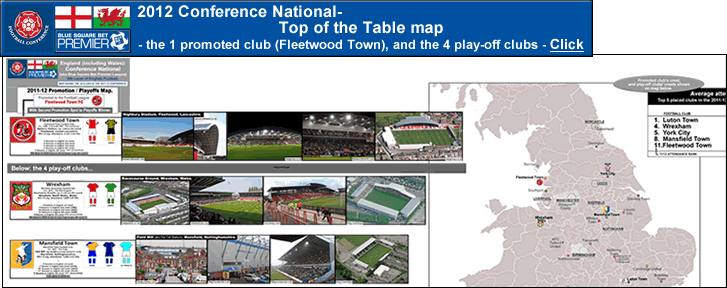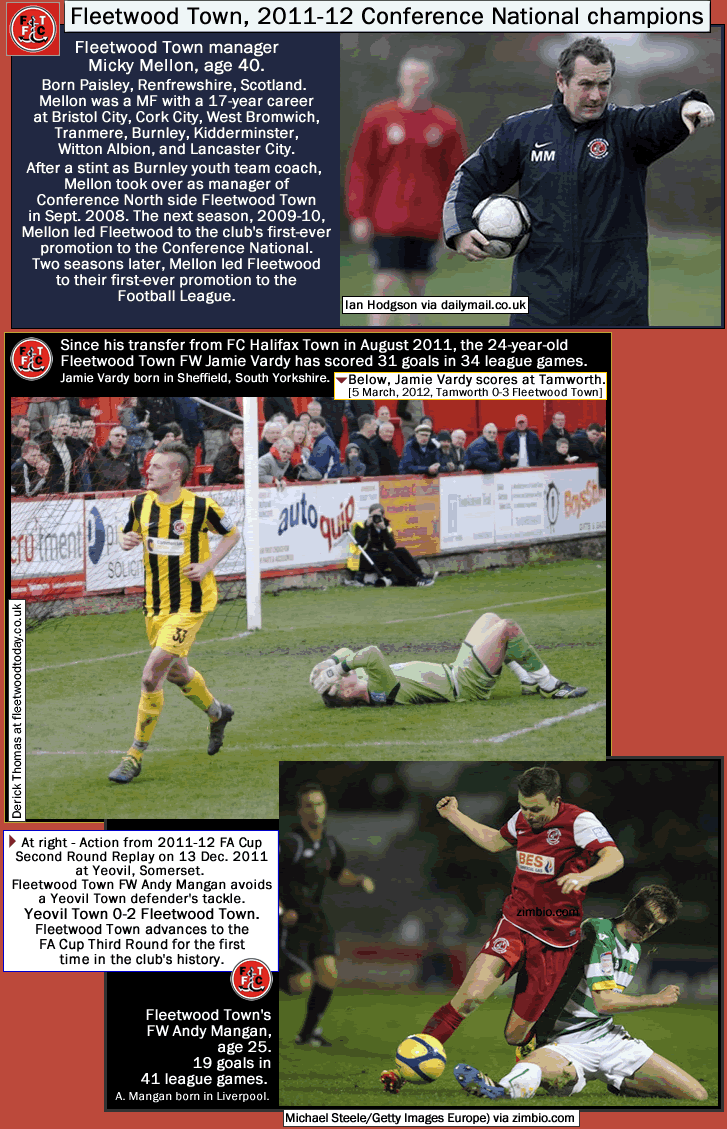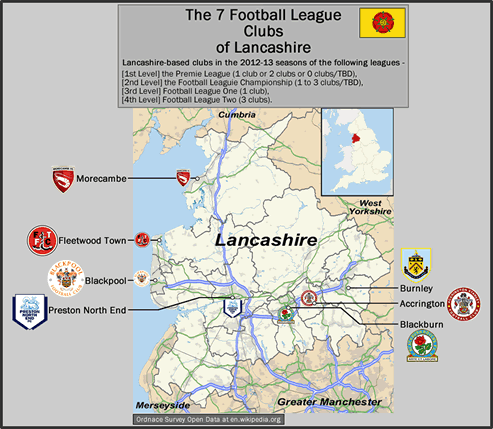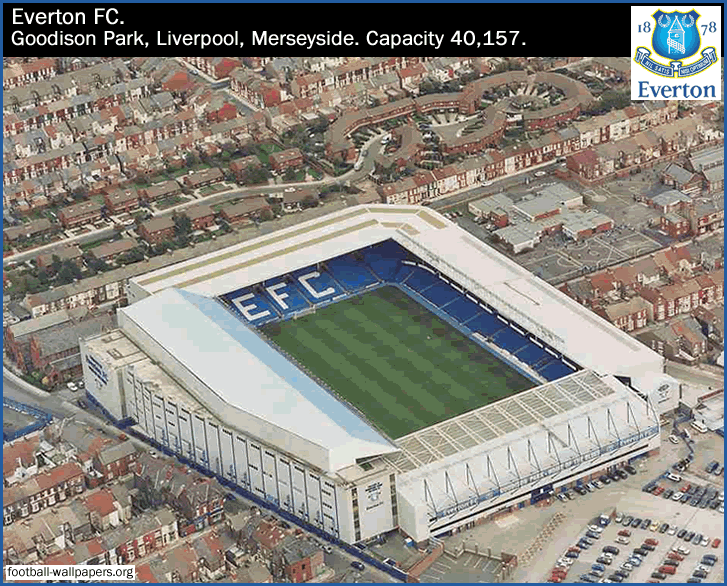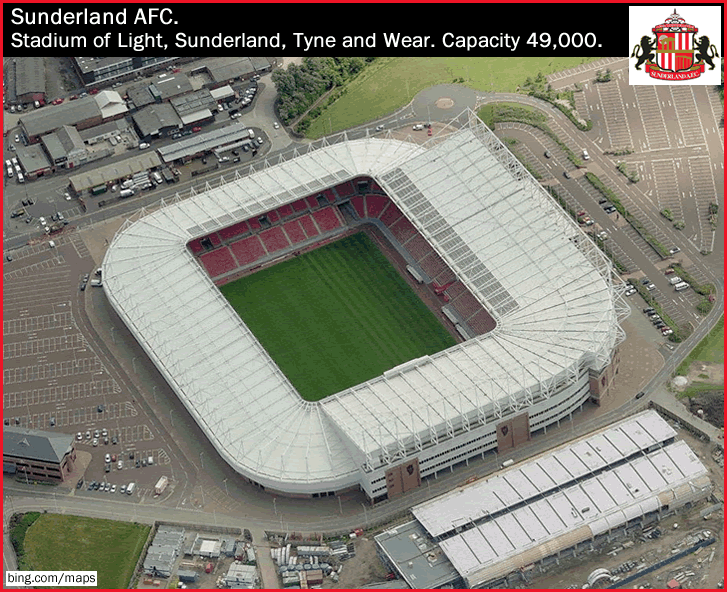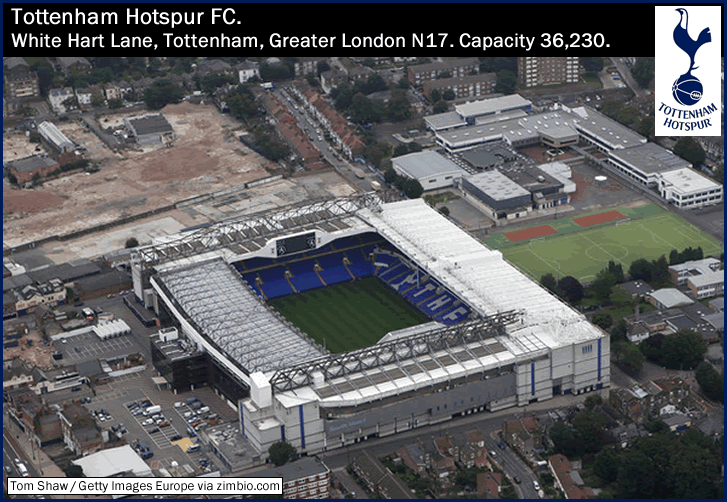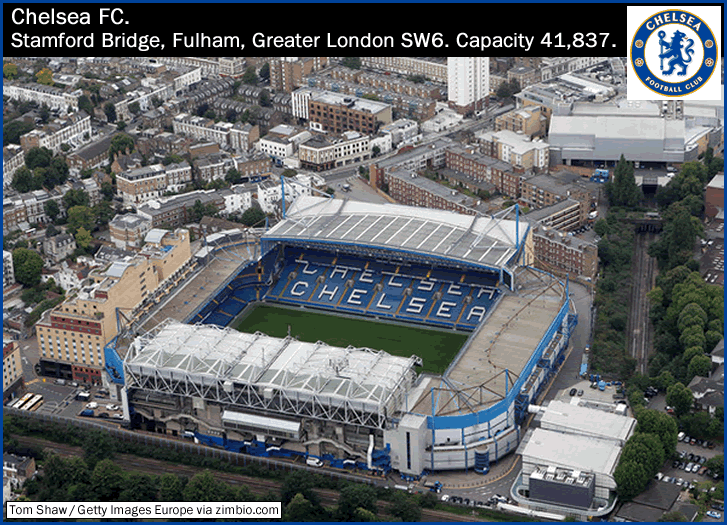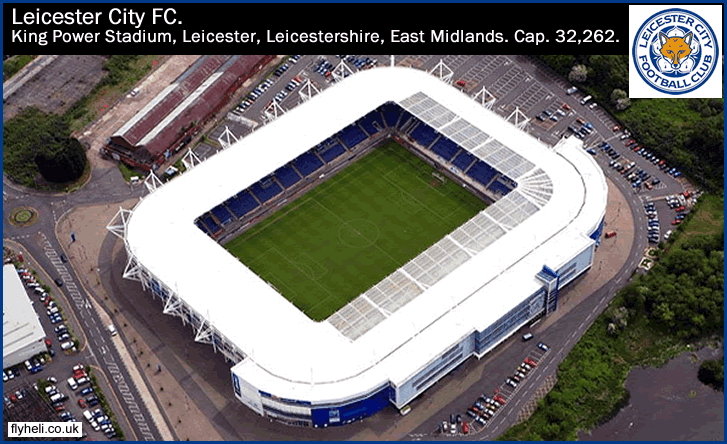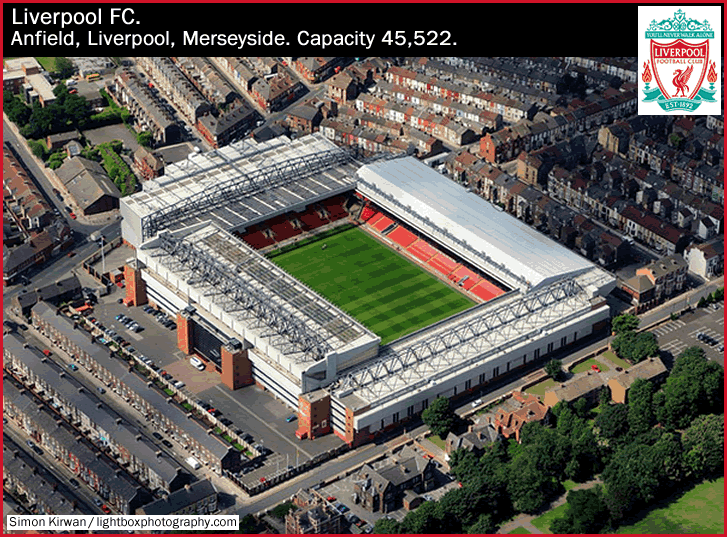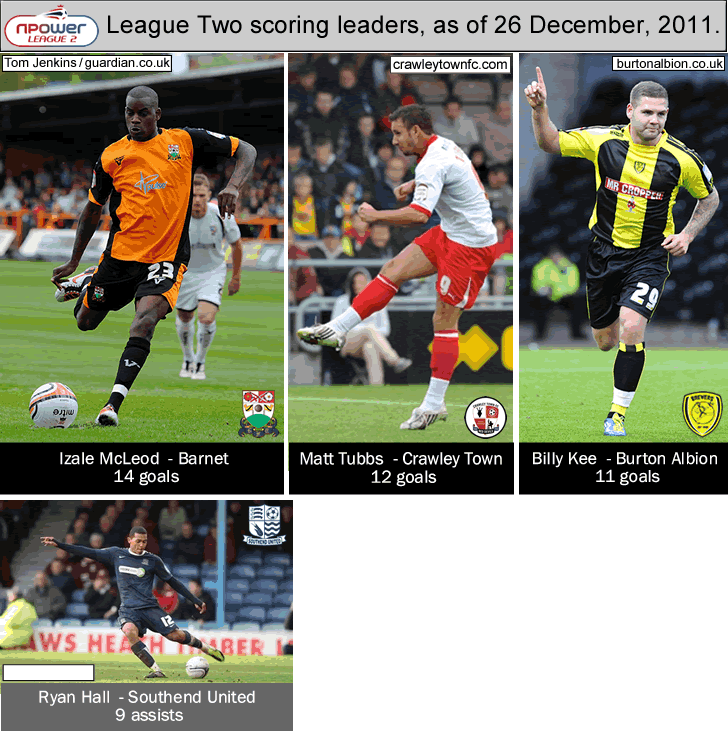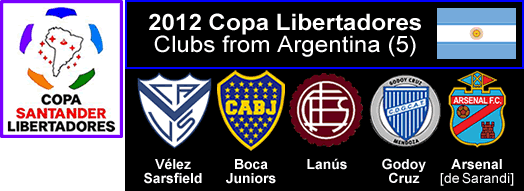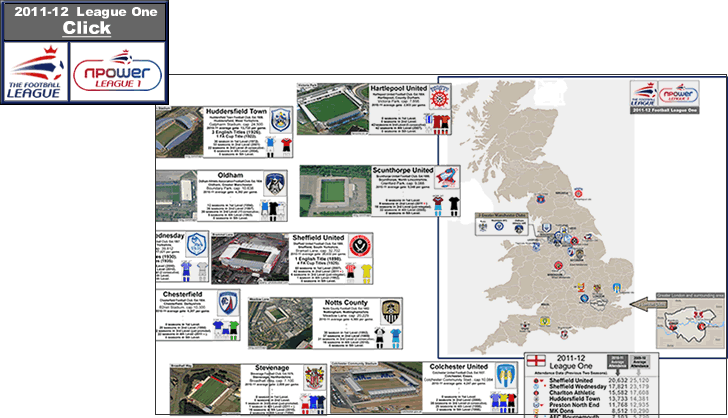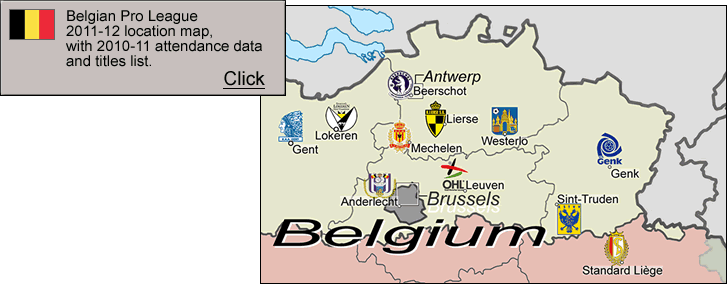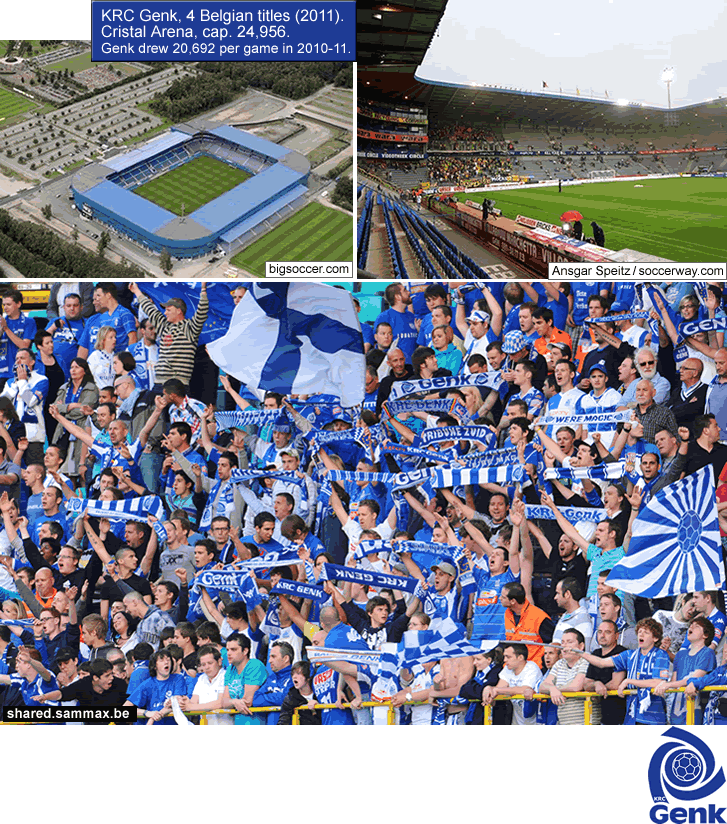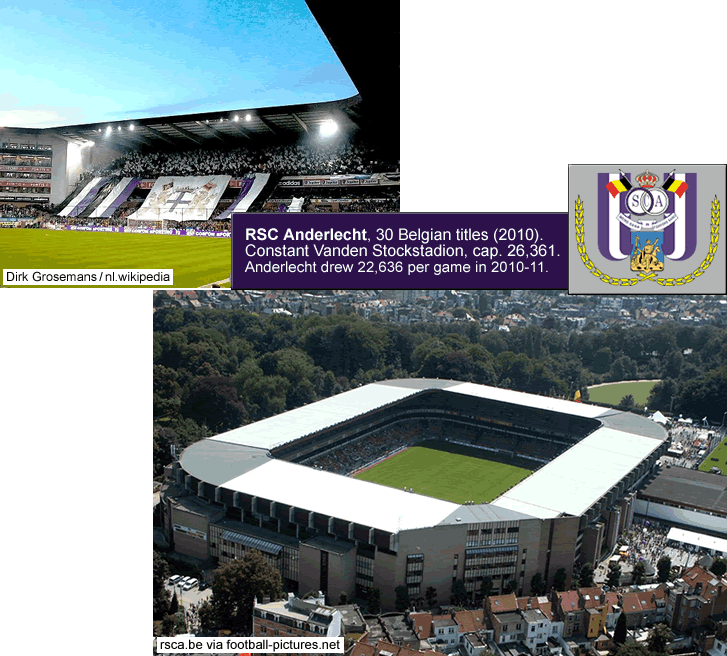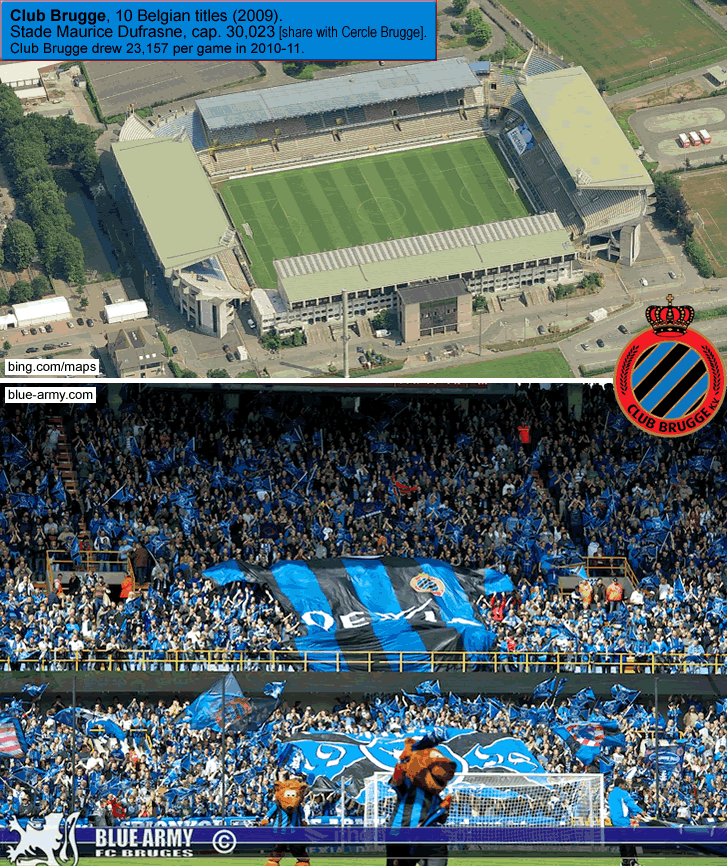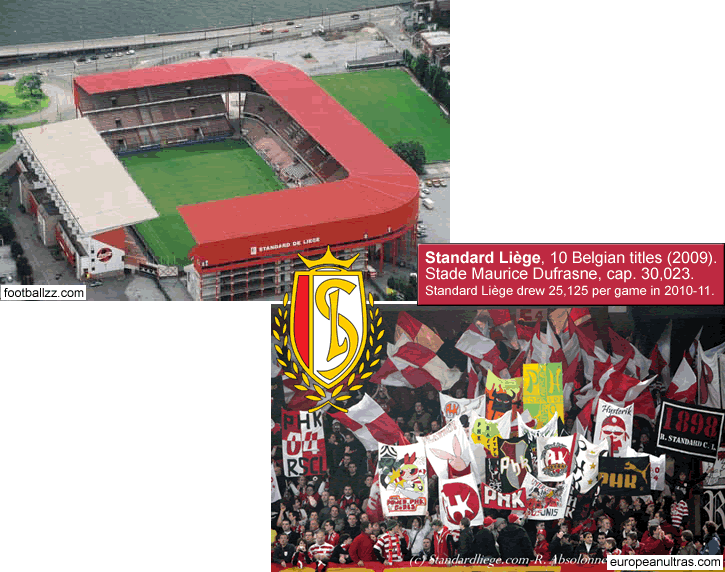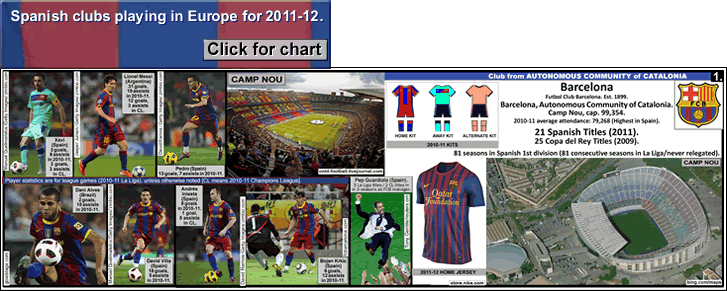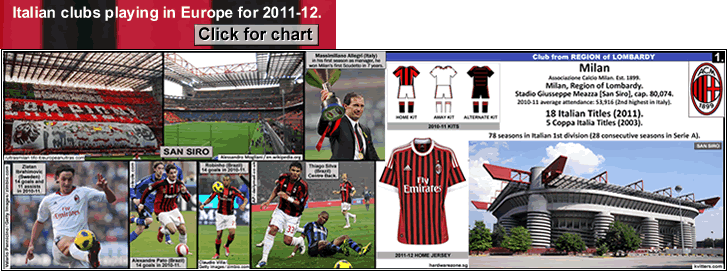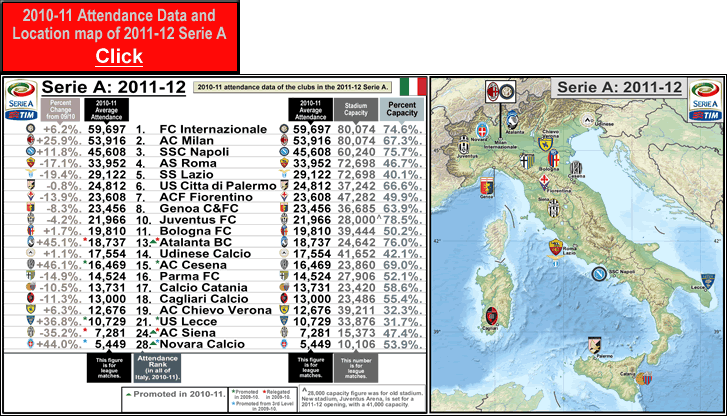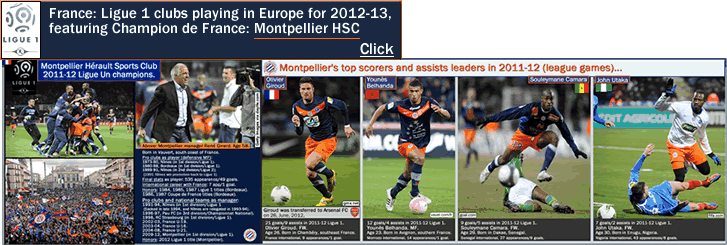
Ligue 1, clubs playing in Europe for 2012-13, featuring French champions Montpellier HSC
…
…
Note: to see my latest map-&-post of Ligue Un, click on the following: category: France.
…
Note: this post has 3 gifs – one above (French clubs in Europe for 2012-13), one further down (Location map of 2012-13 Ligue 1, w/ attendance data), and one which is an enlarged section of the first gif, showing the championship-winning club (halfway down this post).
Clubs playing in Europe maps & charts…
Once again, I will be making posts like this for the 5 biggest leagues in Europe – the Premier League in England, La Liga in Spain, Serie A in Italy, Bundesliga in Germany, and Ligue Un in France.
There are a few changes to this year’s charts…
First of all, I got rid of showing the full league table {‘2011–12 Ligue 1/ League table‘. I still have the clubs listed in order of the final table, and I indicate which clubs qualified for UEFA competitions in Europe for 2012-13. The 3 or 4 much-coveted Champions League spots are shown in bands of blue-violet, and the 3 or 4 not-as-much-coveted Europa League spots are shown in bands of pale yellow-orange.
The main change is that I gave a lot more space to the champions, at the top of the chart page. So here is the format…
Going from top left to right… A photo or two of the championship-winning team’s celebration (or title-winning-goal, or civic celebration). Then the championship-winning manager is shown (with his age and place of birth, the clubs he played for and the clubs he managed, and his honors listed). Then the top 4 or 5 or 6 goals and assists leaders on the team are shown (with info on: players’ home-nation’s flag; the players’ age, birth-location, goals and assists [domestic league games] that season, and international caps & goals). Then there are 5 or 6 photos of the club’s stadium and of their fans in the stadium; along with illustrations of the club’s 2011-12 kits. I might be able to squeeze in a general-interest-photo of the champions’ home-city (like here, with the photo of the 18th century aqueduct in Montpellier). Then the championship-winning club’s thumbnail info is listed (including attendance data, major domestic titles, and total seasons in first division). Finally, the championship-winning club’s crest is shown alongside the coat of arms of their home-city, with metro-population listed. I added a small location-map to show where Montpellier is located in the south of France, but I will only do that with championship-winning-clubs who come from locations that many people could not pinpoint off the top of their heads, like Dortmund in Germany.]
Underneath the championship-winning club’s section of the chart, there are all the other clubs from that country that have qualified for Europe – with 3 photos of the club’s stadium and their fans; illustrations of the club’s 2011-12 kits; and each club’s thumbnail info including attendance data, major domestic titles and total seasons in first division. Explanations for how each non-championship-winning club qualified for Europe are shown at the far right-hand side of the chart.
…
-
Montpellier HSC – champions of France
Shock-winners Montpellier HSC won their first national title ever. It was so surprising because most everyone thought that the heavily-backed Paris Saint-Germain (aka the Manchester City of France) would run away with it, after their spending spree last summer (PSG finished in 2nd place). But Montpellier, owned since 1974 by the Falstaffian figure of Louis Nicollin, and managed by the calm and understated René Girard, surprised everyone and came out on top.
From bbc.co.uk/Football, by Matt Spiro, from 22 May 2012, ‘How Montpellier beat PSG to win the French title‘.
Montpellier, as Sport Olympiques Montpellérains, were a founding member of the French first division in 1932-33 {‘1932–33 French Division‘ (en.wikipedia.org)}. Olympique Montpellérains played 11 seasons in the French First Division, their last in 1962-63. Monrpellier then endured a real fallow period, when, in 1969, for financial reasons, the club was forced to renounce their professional status and play in the 3rd division. In 1974, entrepreneur Louis Nicollin (present age, 68) began his association with the club, becoming club president (a title he still holds). In and around the Montpellier area, Nicollin has had his hand in rugby teams, handball teams, basketball teams, and in football (he has made his money in the waste disposal industry). The club merged with the-then-30-year-old Nicollin’s AS Paillade in 1974, and 2 years later became known as Montpellier Paillade Sport Club (from 1976 to 1989). Montpellier got back to the first division in 1981, but only for one season (1981-82). Six years later, Montpellier were back in the top flight, winning promtion in 1987. That spell lasted from 1987-88 to 1999-2000 (13 seasons), and was when Nicollin was a bit of a big spender (for that era, anyway). All told, and counting this season [2012-13], Montpellier has been in the French first division for 32 of the 76 seasons (the French first division has existed from 1932-33 to 1938-39; and from 1945-46 to 2012-13), with Olympique Montpelliérains having been in the 1st division for 11 seasons, and present-day Montpellier SC/Montpellier Hérault SC having been in the 1st division for 21 seasons {if you want a headache, see this list, ‘France – All-Time Table (since 1932/33)‘ (rsssf.com)}.
Montpellier’s current spell in Ligue 1 has only been since 2009-10, so that just emphasizes how out-of-the-blue their championship run was in 2012. It is pretty rare these days in a Western European football league for a club to win a title in just their third season back in the first division. By way of example, it took Juventus 5 seasons to win the Serie A title after getting promoted back to the top tier in Italy. Montpellier does have a couple other major titles, having won the Coupe de France twice – once in it’s early days in 1929 (as Olympique Montpelliérains), and also in 1990, which was during the same season that the local council of Hérault began subsidizing the club, and the club changed it’s name to their present name, Montpellier Hérault Sports Club. That 1989-90 Montpellier squad was pretty loaded with talent, featuring Laurent Blanc (251 app./76 goals), Eric Cantona (33 app./10 goals), and Carlos Valderrama (77 app./7 goals). Cameroonian legend Roger Milla also played for Montpellier (from 1986-89, with 95 app./37 goals).
Montpellier is the 15th largest city in France {‘Metropolitan Area (France)‘ (en.wikipedia.org)}. Montpellier is in southern France in the region of Languedoc-Rousillon, about 127 km. (78 miles) west of Marseille, and about 160 km. (100 miles) from the Spanish border. The metropolitan area population of Montpellier is around 510,000 {2006 figure). Montpellier Hérault Sports Club come from the west-central/south-west part of France that is rugby country, and Montpellier HSC’s small fan base reflects this. The club drew 17,492 per game last season (9th-highest in France), which was Montpellier’s second-highest average attendance ever (their highest was around 500 more per game, three years ago (17,981 per game) in 2009-10, the season the club returned to the top flight after a 5 years in Ligue 2). Montpellier play in a stadium that is frankly too large for them, but this is a legacy of the 1998 FIFA Word Cup in France, when the city of Montpellier’s Stade de la Mosson was chosen as one of the host-country’s venues, and was expanded to it’s current ~32,000 capacity. So, despite being saddled with a stadium short on atmosphere (because the club could barely fill it halfway), and despite a budget that was among the smallest in the league (the 13th lowest at the equivalent of 29 million pounds), Montpellier still came out on top. Montpellier’s total budget was less than what sheik-money-mad PSG spent on just one player transfer (Javier Pastore, for 39 million Euros [~27 million pounds] from Palermo). Besides their manager Girard, who spent 7 years coaching within the France national team set-up, and is a Languedoc native, the 2 main reasons Montpellier HSC won the title were Olivier Giroud and Younès Belhanda. Joint-top-scorer Oliver Giroud, age 26, who tied with PSG’s Nene for the most goals in the league, scored 21 goals and tallied 9 assists {‘French Ligue 1 Stats: Top Goal Scorers – 2011-12‘ (soccernet.espn.go.com/stats). Former-defender-turned-midfielder Younès Belhanda, age 23, scored 12 league goals and tallied 4 assists, and ran the midfield. Besides players who came up through the Montpellier youth set-up like Younès Behanda, MF Remy Cabella and the 20-year-old MF Benjamin Stambouli, an assemblage of journeymen helped complete the side. The best example of this was the 30-year-old Nigerian striker John Utaka, who returned to France after a frustrating stint at Portmouth. It was Utaka’s brace that clinched it for Montpellier, as they defeated the already-relegated Auxerre 1-2 on the final day of the 2011-12 Ligue 1 season (which finished 41 minutes over time due to Auxerre fans’ misbehavior). Then thousands of folks back in the Languedoc partied all night in the Montpellier city center to await the Monday victory celebration there.
Sadly for MHSC fans, financial realities have dictated that a certain portion of this league-winning squad will be shipped off, and Olivier Giroud has already been transferred to Arsenal FC. More transfers will probably take place, and a main target is the Montpellier capatain, Mapou Yanga-Mbiwa (en.wikipedia page, here). Yanga-Mbiwa is another ex-Montpellier youth player. So, while Montpellier must sell to remain afloat, there will most likely be more home-grown talent to come.
…
-
2012-13 Ligue 1 – Location-map with 2011-12 attendance data
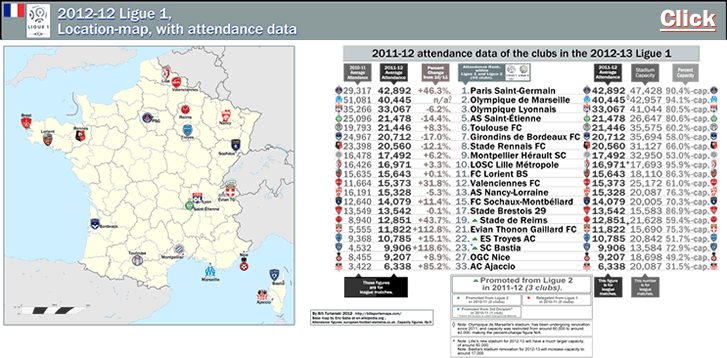
Location-map/attendance data credits -
Base map of France by Eric Gaba (aka Sting), ‘File:France location map-Regions and departements.svg‘ (en.wikipedia.org). Attendance data from european-football-statistics.co.uk. Stadium capacities from lfp.fr (at each club’s page, under ‘Stade’).
…
Photo and image credits for chart page -
Montpellier -
Moments after clinching the title, winning away to Auxerre 1-2, unattributed photo at frenchfootballweekly.com/2012/05/21/montpellier-hsc-crowned-champions-of-france/.
Title celebration in Montpellier city center (where giant television screens had been set up to watch the final match at Auxerre), photo by Pascal Guyot/AFP via news.ph.msn.com/sports/montpellier-win-maiden-title-on-chaotic-final-day.
Manager – Rene Girard, Getty Images via daylife.com.
Players (left to right)-
Olivier Giroud, gmx.net.
Younès Belhanda, vavel.com/fr.
Souleymane Camara, goal.com.
John Utaka, fifa.com.
Champion de France banner from Montpellier official site at www.mhscfoot.com.
2011-12 kits from en.wikipedia.org/wiki/Montpellier_HSC.
Photo of Aqueduct St. Clemente in Montpellier by Salvatore Freni at flickr.com.
Stade de la Mosson -
Exterior photo from Adventures in Montpellier (alexhitseurope.blogspot.com).
Large interior photo from soccerway.com/ Ligue 1 teams.
Panoramic photo of interior of Stade de la Mosson from stadefootball.com.
Montpellier fans with ‘Saison Historique’ banner from http://www.europeanultras.com/phpbb2/viewtopic.php?f=1&t=6&p=12514&hilit=montpellier#p12514.
Larger aerial photo of Stade de la Mosson from touslesstades.fr.
Montpellier crests through the years, collated by unnamed contributor at de.wikipedia.org/wiki/HSC_Montpellier#Logohistorie.
Montpeier official club names through the years from fr.wikipedia.org/wiki/Montpellier_H%C3%A9rault_Sport_Club.
Location-map for Montpellier, base map by M-le-mot-dir after Eric Gaba (aka Sting) at commons.wikimedia.org/wiki/File:France_blank3.svg.
…
Paris Saint-Germain – Photo of PSG ultras Boulogne Boys by ngari.norway at Flickr.com, here. Exterior photo of Parc des Princes by psgmag.net at Flickr.com, here. Aerial photo of Parc des Princes from Bouygues.com, here.
…
Lille – Image of architects’ rendering of Grande Stade Lille Métropole from losc.ft. Photo of Grande Stade Lille Métropole under construction [interior photo from June, 2012] from facebook.com/ [Grand Stade Lille Métropole (Officiel)]. Grande Stade Lille Métropole under construction [photo from June, 2012], grandstade-lillemetropole.com.
…
Lyon – Photo of Lyon ultras at Stade Gerland from Lyon v. Schalke UEFA CL match [14 Sept. 2010] by S. Guiochon/Le Progres via UltrasSpirit.com, here. Photo of the interior of Stade de Gerland by Kostas Xenos at panoramio.com. Aerial image of Stade de Gerland from Bing.com/maps/Bird’s Eye satellite view, here.
…
Bordeaux – Photo of Bordeaux Ultramarines in the Virage Sud from girondins33.com. Interior photo of Stade Chalban-Delmas from sudouest.fr Aerial photo of Stade Chalban-Delmas by What’s-up at flickr.com.
…
Marseille – Photo of interior of Stade Vélodrome at dusk by Scarf at oc.wikipedia.org. Exterior photo of Stade Vélodrome at night from Football-pictures.net, here. Aerial image of Stade Vélodrome from Projets-architecte-urbanisme.fr, here.
I used the following list for total seasons/consecutive seasons spent in Ligue 1 for each club, ‘Ligue 1/Members for 2012-13‘ (en.wikipedia).
Thanks to World Soccer magazine, and their comprehensive article on Montpellier HSC in the June 2012 issue, written by Howard Johnson – http://www.worldsoccer.com/.

